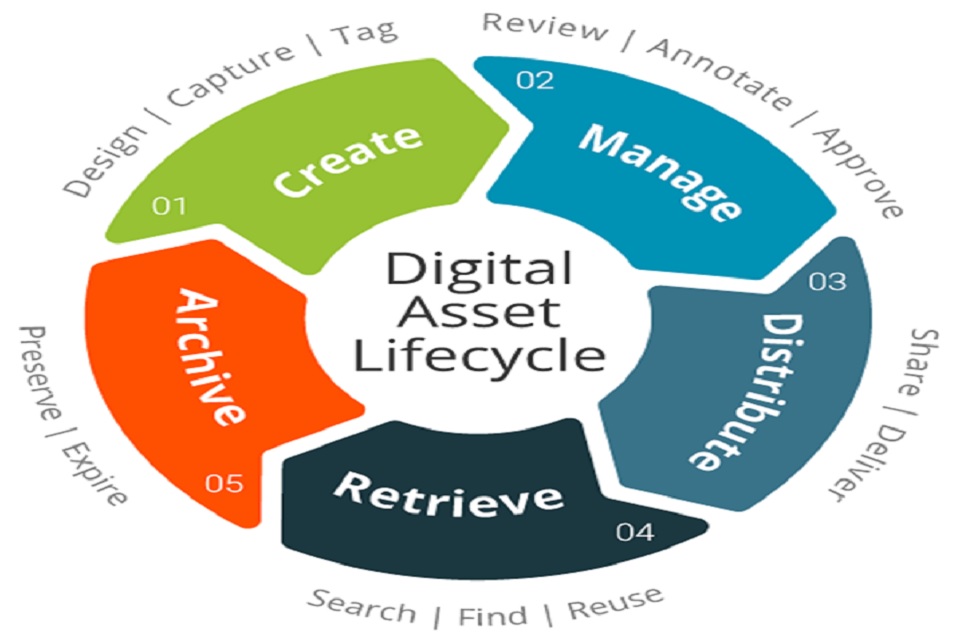


23 June 2021
All kinds of organisations have assets, while some may have hundreds other even have thousands of assets or millions. These assets come in different shapes, sizes, and types and require proper management to sustain production, services, and operations.
An enterprise asset management system, orEAM, can prove to be very beneficial in helping asset-intensive organisations by effectively tracking, assessing, managing, and optimising assets for their quality, productivity, and reliability. Additionally, there are several EAM best practices that can help an organisation’s maintenance team gain greater control of complex enterprise assets.
Enterprise asset management (EAM)offers a mix of software, system, and services that can be used to control and maintain equipment and operational assets owned by an organization. The main aim of using an EAM system for asset management is to optimise the lifecycle management of all assets for better utilisation, increased productivity, and reduced operational costs. Overall, an EAM asset management software can help completely transform conventional organisational practices and deliver better returns on investment.
The system involves work management, asset maintenance, planning and scheduling, supply chain management, and environment, health, and safety initiatives. Further, a modern-day enterprise asset management system is equipped with advanced analytics and artificial intelligence (AI) to analyse the gathered information and help maintenance teams make better decisions by enhancing their efficiency for performing preventive maintenance,thereby helping maximise productivity.
A robust EAM system for asset management can go a long way in helping organisations streamline their operations. Some of the common features of any enterprise asset management system include:
An effective enterprise asset management system allows organisations to automate purchases and tracking. Thisletsadministrators and technicians get a look at the big picture metrics,which can help them effectively schedule work orders, diagnose concerns, assign technicians, and stay ahead of any upcoming work.
With an EAM, maintenance teams get easy access to work orders and maintenance schedules. They can intuitively navigate work order management and help dispatchers manage tasks and work dependencies effectively and efficiently. Furthermore, they can utilise the same to affect a shift from corrective maintenance to preventive maintenance.
Supply chain management includes both assets and the material or equipment utilised for their maintenance. Otherwise done manually, a well-integrated EAM system for supply chain management can help provide effective solutions for asset maintenance with the help of Internet of Things (IoT) technologies. Needless to say, this can work wonders in speeding up tasks,helping save on operational costs as well.
Environmental health and safety are among the biggest concerns today as the world moves as one towards adopting sustainable measures to help save the environment. The EAM asset management software can help organisations document and report environmental health, and safety concerns and find ways to reduce the risk by using incident analysis, corrective action traceability and process change management.
EAM also offers mobile access, multi-site capabilities, and features like hybrid deployment, smartphone capabilities, and more. With remote access and other accessibility features, a lot of downtime can be reduced.
EAM can help an organisation’s maintenance team to run enhanced and extended analytics using Artificial Intelligence (AI) for better operational insights. This further assists in building a strong and effective optimisation model for assets to automate the planning, scheduling, and work management processes.
An effective enterprise asset management system offers a number of benefits that can help transform organisational practices for the better:
EAM automates critical asset management workflow and tells maintenance managers where and when is an asset needed and for what purpose. Furthermore, it can help optimise inventory management with barcode scanners and tracking capabilities to optimise utilisation and reduce costs, thereby ensuring good returns on investment.
The EAM system for asset management also provides AI-powered remote accessibilityto help maintenance managers deliver actionable insights for the current and predicted states of assets. This data is further aggregated across departments to enhance decision making, backed by fewer and more accurate alerts on asset utilisation.
An effective EAM system can assist maintenance managers in resolving asset-related issues before they even happen. This is possible with the help of integrated software that supports preventive capabilities to maintain equipment for continuous and effective operations. Furthermore, the system helps ensure warranty compliance and takes care of other pre-emptive issues that can disrupt productivity.
The real-time monitoring and data collection with the help of the IoT based analytics and diagnostic tools offered by the EAM system can help maintenance manager extend the availability, reliability, and usability of assets. Further, the embedded risk management system enhances the asset lifecycle.
While an EAM has a lot to offer an organisation, it is important to put in due research when it comes to choosing the right software. Analyse what your organisation needs and then compare the features of different EAM systems to find the one most suited for your purposes.
Thank you for your details. Please click here for more details.